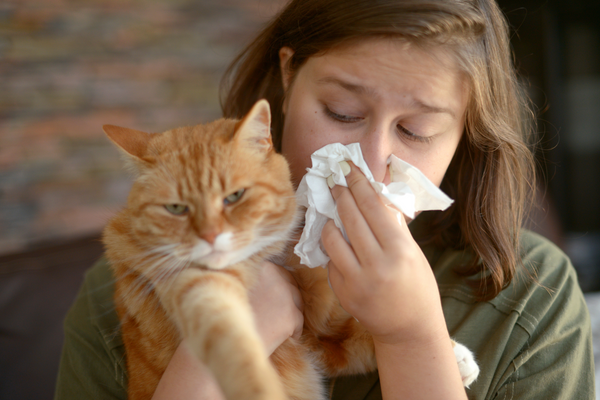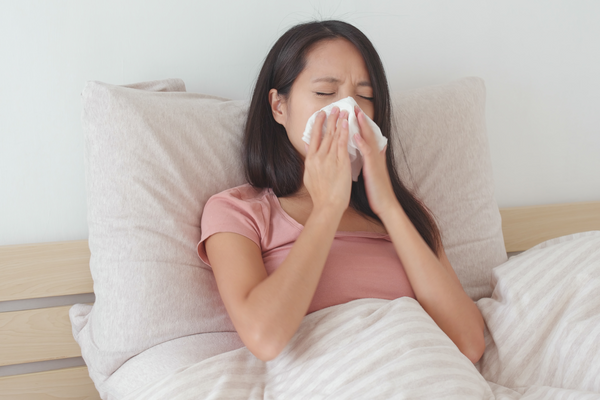How to Clean Stuffed Animals & Toys

Think for a moment: When was the last time you cleaned and sanitized your child’s favorite stuffed animal? What about all of the plush toys that have been in the playroom collecting dust? If you can’t recall, there’s definitely a good chance that your little one’s beloved teddy bear, unicorn, dinosaur, or bunny rabbit is dusty, sticky, full of allergens, and worst of all – crawling with germs. And if your kids carry their plush friends around with them everywhere they go, their toys are picking up dirt and germs on their daily adventures, and then they’re spreading germs all around your house – on the couch, on the kitchen table, in their bed, and anywhere else they leave their germy toys.
If your child has been sick recently, their precious go-to stuffed toys are likely breeding grounds for pathogens and could continue to reinfect your household. The solution? Learn how to clean and sanitize stuffed animals the right way so they remain grime-free and germ-free. In this article, we’ll look at three different methods for cleaning stuffed animals and toys: machine washing, spot cleaning, and hand washing. Happy cleaning!
How Often Should Stuffed Animals Be Cleaned?
Generally, stuffed animals should be cleaned at least once a month. However, some toys will need to be cleaned more often. For example, if your child has a favorite plush toy that he or she cannot leave the house without, you may want to clean and sanitize the toy after outings, especially as the COVID-19 pandemic continues and during cold and flu season, as well as after your child has gotten over a contagious illness. Follow the steps below to clean and degerm your kids’ stuffed animals, and then get in the habit of cleaning them regularly.
Machine Washing Stuffed Toys: Do’s & Don’ts
Most plush animals can safely take a spin in the washing machine, though of course, there is always the possibility of damage, which is something you’ll want to take into consideration. As with all laundry, read the tag attached to the toy to check for cleaning instructions. At the very least, the tag should list the materials used during manufacturing, which will give you a hint on where to start. Plush toys that have electronics, music boxes, glued on items (like buttons, eyes, or hats), delicate clothing items that cannot be removed, glitter, sequins, or styrofoam balls inside (i.e., Beanie Babies), should never be put into the washer. You may also want to avoid putting over-loved or extremely old stuffed animals in the washing machine. When in doubt, opt to hand wash precious stuffed toys rather than tossing them into the washer.
That said, machine washing will be a great choice to clean most stuffed animals. In fact, a recent study found that washing stuffed animals in a washing machine on a hot water setting and then drying them in a dryer can decrease the amount of bacteria by up to 94%. Here are the best practices for that operation:
- Use the gentlest cycle available on your washing machine.
- Wash plush toys using a mild, fragrance-free Anti-Allergen Laundry Detergent.
- To sanitize, wash toys in a hot water cycle and add ½ to 1 cup of Vital Oxide (depending on the size of the load). Vital Oxide is safe on both whites and colors, unlike chlorine bleach.
- Placing the stuffed animals into launderable mesh bags (or zippered pillow cases) will help to protect them. Alternatively, padding the drum of the washer with blankets or towels can add another layer of protection.
- Air-drying will be the gentlest choice, and a hair dryer turned on low- or medium-heat can help to fluff up fur once the toy has reached the just-damp stage (think of it as a finishing touch!).
- However, machine drying is fine for most toys.
How to Spot Clean Non-Washable Toys
There are some toys that are non-washable (those that have built-in battery packs and things like glitter or sequins, or those that are extremely old, delicate, or over-loved) and can only be spot cleaned to remove stains. To clean non-washable toys, start with a white microfiber cloth (do not use a colored cloth, which can cause the color to transfer). Dip the cloth into a solution of one teaspoon Anti-Allergen Laundry Detergent and two cups of warm water. Gently blot at the stains and keep moving to a clean area of the cloth as the stains are transferred. Next, wipe down the cleaned area with a cloth dipped in plain warm water to remove any detergent residue. Finally, spray the toy with Vital Oxide to kill 99.9% of bacteria and viruses, to eliminate allergens, and to remove any lingering odors. Allow the toy to air-dry completely before handling.
How to Hand Wash Stuffed Toys
Fill a sink, bathtub, or a washing bucket with warm water. Add a small amount of Anti-Allergen Laundry Detergent to the water and swish around to mix. To sanitize and brighten dingy, stained, or otherwise discolored toys, add Vital Oxide to the water (the measurement will depend on the amount of water you’re using to wash, but it should be 1 part Vital Oxide to 9 parts water to properly sanitize). Next, submerge the plush toy in the water using a pumping motion, so that it becomes saturated with the detergent solution. Then let it hang out and have a nice soak for 15 to 30 minutes, depending on its condition and how dirty it is. Agitating the toy every few minutes while it’s soaking will also help to release grime. Next, drain the water. After the water has drained, wipe or rinse the sink or bucket free of suds, then fill it with clean water, and give the stuffed animal a few pumps while submerged to help release the soap. Repeat as needed until the toy is free of suds. If the toy is sturdy, you can also rinse it directly under running water. Before removing the toy from the drained sink, press down gently to extrude as much water as possible. Next, transfer it to a clean towel and roll it up, pressing again to extract more water. Then lay the toy on a dry towel to air dry.
If, when the toy has dried to the point of being just-damp, it looks a bit matted, use a hair dryer on to its lowest setting to fluff the fibers back up.
Want more tips? Follow The Ecology Works on Instagram @ecologyworks for lots of helpful household tips and environmental news. If you have any questions, please feel free to Contact Us or message us on Facebook. No question is too small! We’re here to help.





